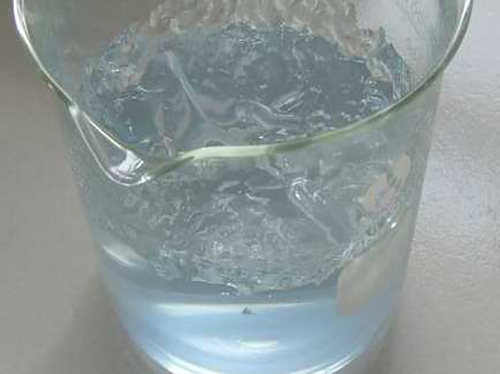octyl isothiazolinone
Understanding Octyl Isothiazolinone Uses, Safety, and Environmental Impact
Octyl isothiazolinone is a biocide and preservative widely utilized in various industrial and consumer products. It belongs to the isothiazolinone group, which encompasses several chemical compounds known for their antimicrobial properties. This compound, often abbreviated as OIT, plays a critical role in preventing the growth of bacteria, fungi, and algae in products ranging from cosmetics to paints, and even in industrial applications.
History and Development
The introduction of isothiazolinones dates back to the mid-20th century, with rising concerns about product preservation leading to the development of more effective and safer preservatives. Octyl isothiazolinone emerged as a potent alternative to traditional preservatives, which often fell short in terms of efficacy or safety. Its ability to act at low concentrations made it a popular choice for manufacturers aiming to extend the shelf life of their products without compromising on safety.
Applications
Octyl isothiazolinone finds its applications in a variety of industries. In the cosmetic industry, it is commonly used in creams, lotions, and shampoos. Its antimicrobial qualities help prevent mold and bacterial growth, ensuring that products remain safe for consumer use over time.
Apart from cosmetics, OIT is also extensively used in the paints and coatings industry. Here, it serves as a preservative against biofilm formation, which can compromise the integrity and appearance of coatings. Additionally, it is employed in the formulation of adhesives, sealants, and wood preservatives.
In the realm of industrial applications, OIT is utilized in cooling towers and water treatment systems as an algicide and biocide, effectively controlling microbial growth in waters where bacteria and fungi could otherwise thrive. Its role in enhancing the durability and performance of various materials has solidified its status as a go-to preservative in many formulations.
octyl isothiazolinone

Safety and Regulatory Status
Despite the benefits of octyl isothiazolinone, concerns have arisen regarding its potential health effects. Some studies have linked isothiazolinones with sensitization and allergic reactions, particularly in individuals with pre-existing skin conditions. As a result, regulatory bodies have scrutinized the usage of these chemicals in consumer products.
In response to safety concerns, regulations in different countries have varied widely. For instance, the European Union has implemented stringent guidelines on the concentration levels of OIT in personal care products, mandating thorough labeling to ensure consumers are informed of its presence. The Cosmetic Ingredient Review (CIR) in the USA has also conducted studies to evaluate its safety, leading to recommendations that ensure products containing OIT are adequately tested for skin sensitization potential.
Environmental Impact
Another area of concern regarding octyl isothiazolinone is its environmental impact. As a biocide, there is potential for OIT to contribute to aquatic toxicity, which raises concerns regarding its use in products that may eventually enter waterways. Studies have indicated that isothiazolinones can affect non-target organisms, leading to disruptions in aquatic ecosystems. This has prompted calls for more sustainable and less harmful alternatives to OIT in various applications.
Conclusion
Octyl isothiazolinone is a powerful preservative that has shaped product formulations across multiple industries. Although it offers substantial benefits in terms of effectiveness and stability, its use does come with responsibilities. Manufacturers and regulators must ensure that OIT is used safely and effectively, with adequate consideration for human health and the environment. As consumer awareness of chemical safety continues to rise, the demand for safer and more sustainable alternatives is likely to influence the future of preservatives like octyl isothiazolinone, paving the way for innovations that balance efficacy with ecological responsibility. As the industry moves forward, ongoing research will be critical in addressing safety concerns while maximizing the preservation benefits this potent chemical offers.
-
2 Phosphonobutane 1,2,4 Tricarboxylic Acid (PBTCA): Superior Scale & Corrosion InhibitorNewsAug.31,2025
-
Dodecyldimethylbenzylammonium Chloride: High-Purity DisinfectantNewsAug.30,2025
-
2-Phosphonobutane-1,2,4-Tricarboxylic Acid: Scale & CorrosionNewsAug.29,2025
-
Premium Isothiazolinones | Broad-Spectrum Biocidal SolutionsNewsAug.28,2025
-
LK-319 Special Scale And Corrosion Inhibitor For Steel Plants: Advanced Solutions for Industrial Water SystemsNewsAug.22,2025
-
Flocculant Water Treatment: Essential Chemical Solutions for Purification ProcessesNewsAug.22,2025





